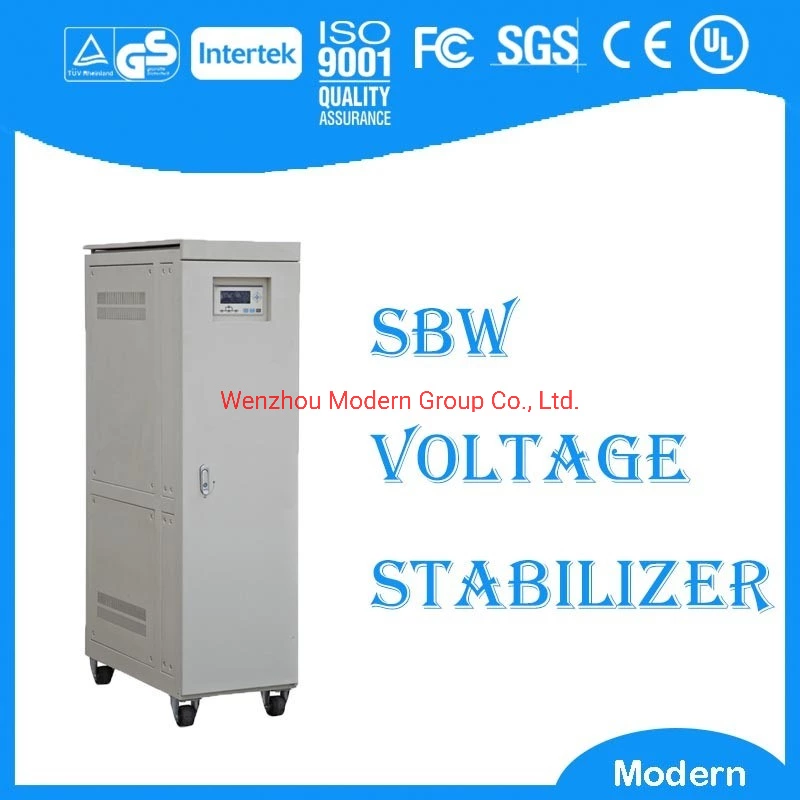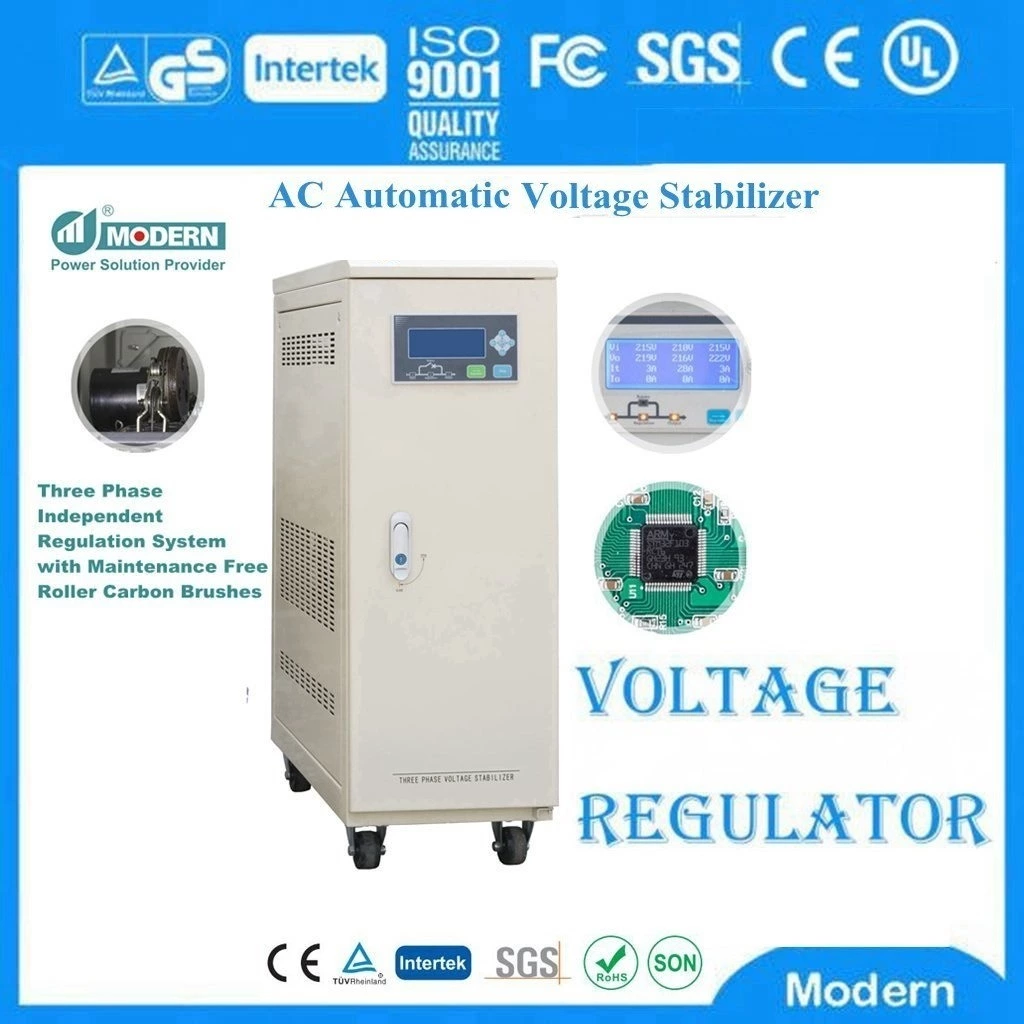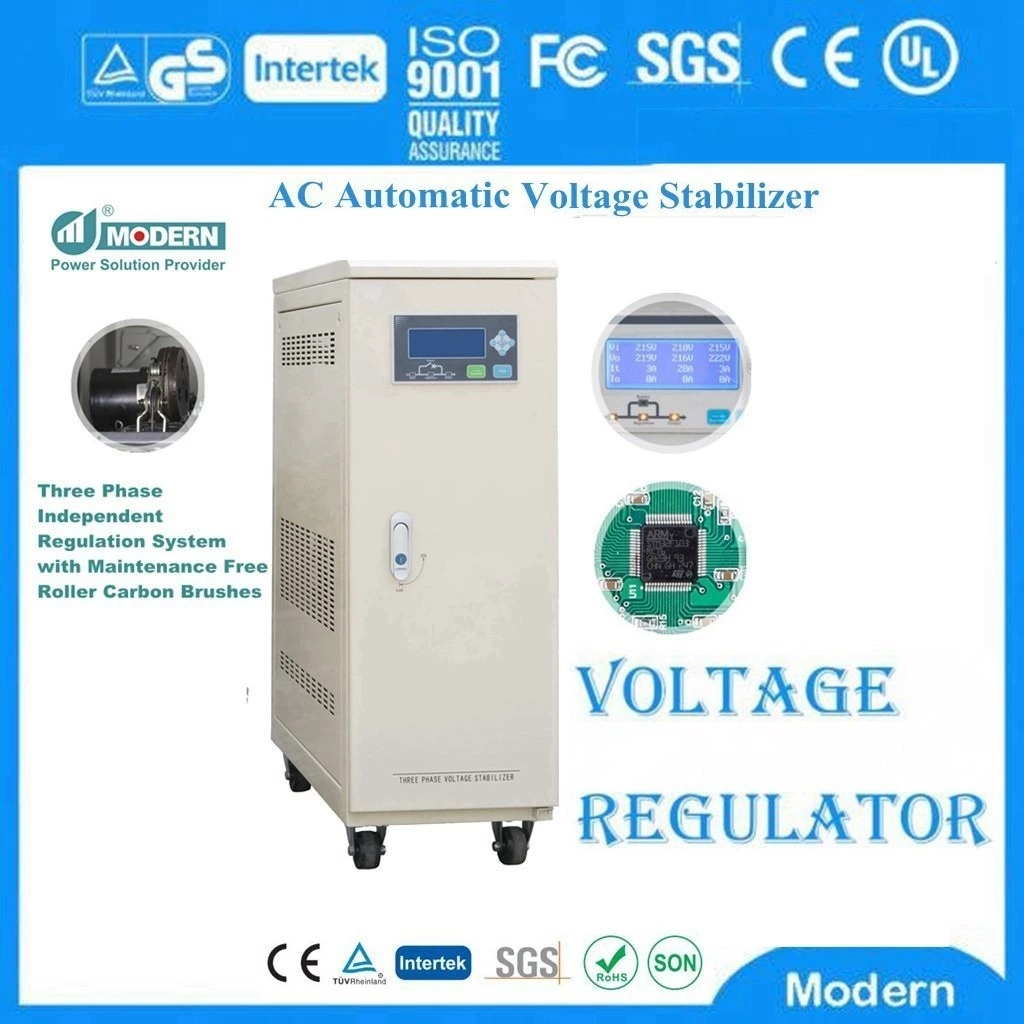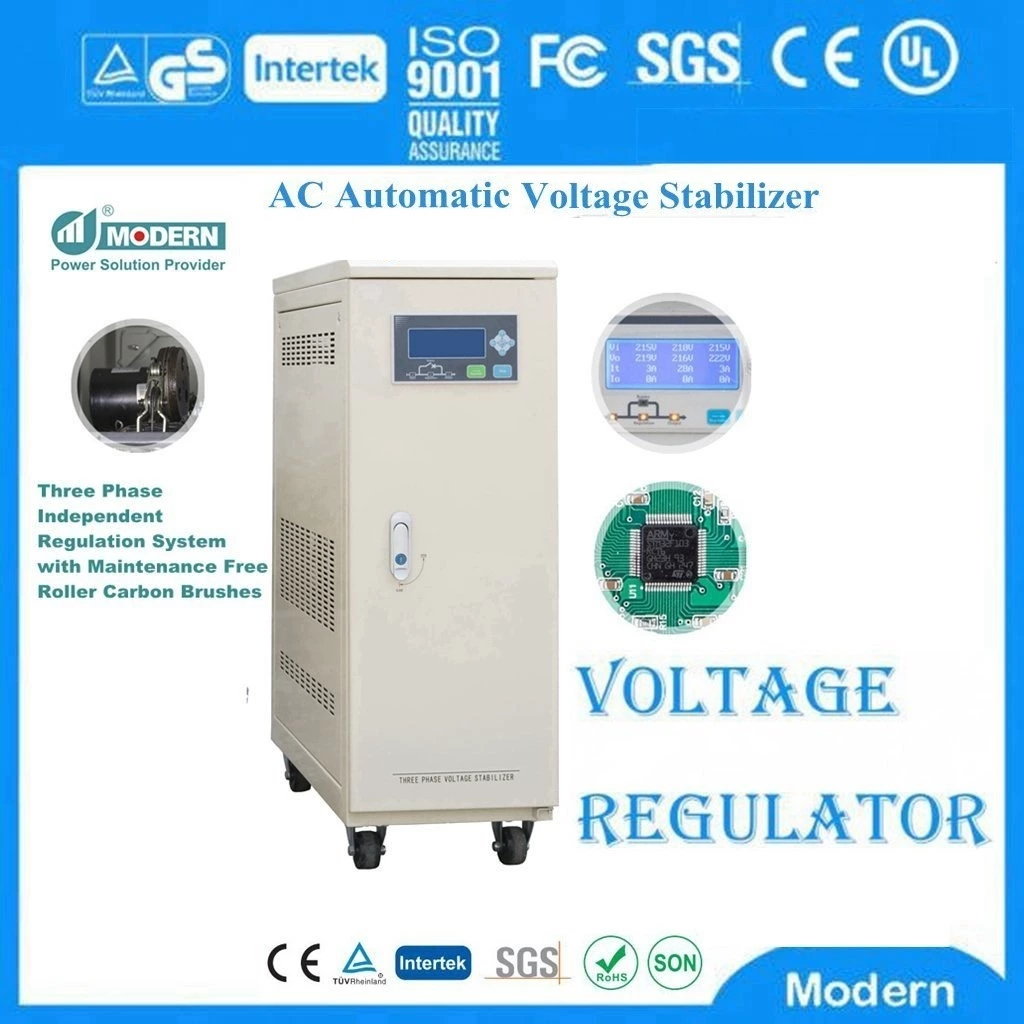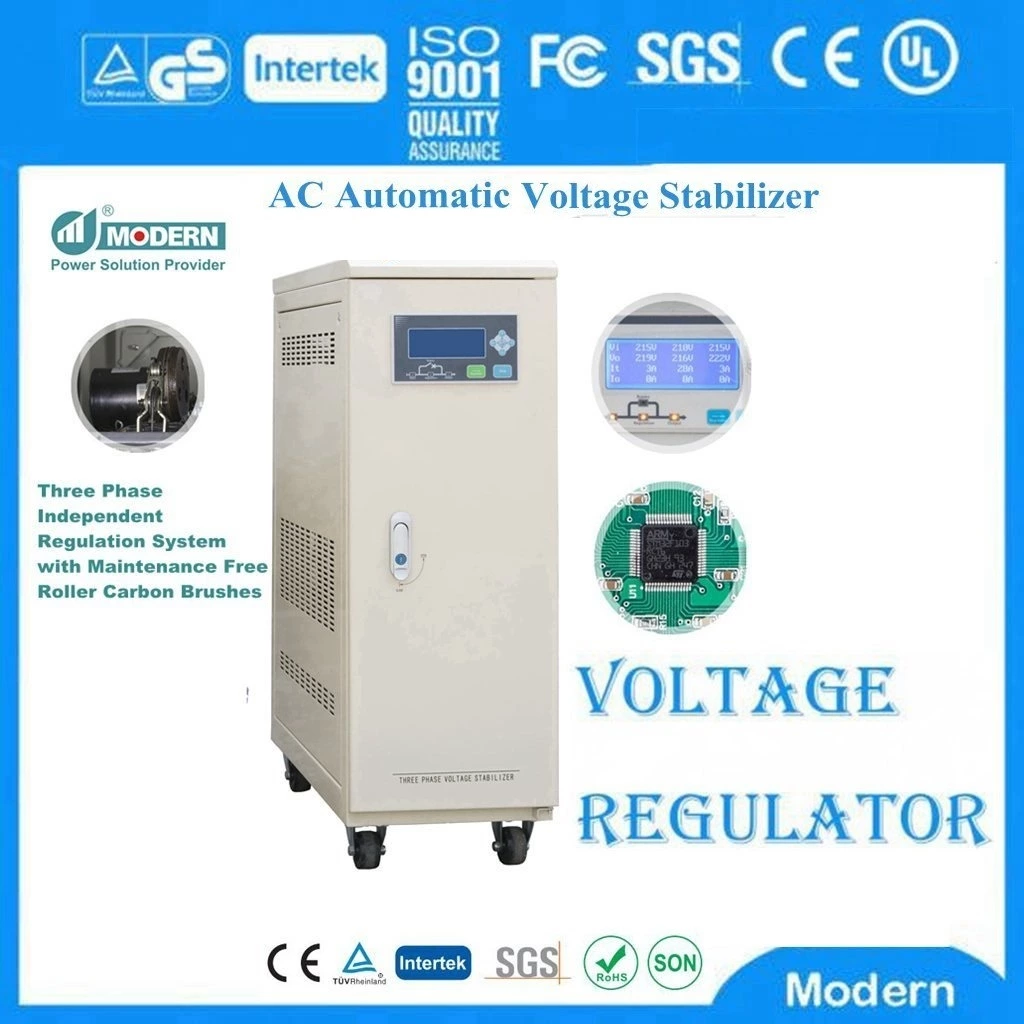Advantages And Disadvantages Of Constant Voltage Transformer
Constant Voltage Transformer(CVT) Advantages:
Stable output voltage: The constant voltage transformer can automatically adjust the output voltage to ensure the stability of the output voltage, and is suitable for occasions with high requirements for voltage stability.
Strong anti-interference ability: It has strong anti-interference ability, common mode suppression ≥50dB, can effectively eliminate grid clutter interference, and the output waveform is a sine wave or quasi-square wave.
Harmonic suppression: It has a significant inhibitory effect on 3rd to 7th harmonics, especially the elimination rate of third harmonics reaches more than 90%.
Simple and reliable structure: The working components are only transformers and capacitors, the whole machine has high reliability, easy maintenance and long life.
Protection function: In the event of overload or short circuit, the output voltage will drop to zero and automatically limit the current. It can automatically recover after the fault is eliminated, and the voltage stabilized power supply will not be damaged.
Disadvantages of constant voltage transformer:
Use restrictions: Although constant voltage transformers have many advantages, they may not meet the needs in certain specific situations, such as when they need to withstand extremely large transient loads or when the input voltage fluctuation range exceeds their design range.
Cost considerations: Compared with some simple voltage stabilization devices, the cost of constant voltage transformers may be higher, especially in large-scale applications, and cost-effectiveness needs to be considered.
Please note that the above advantages and disadvantages are based on the summary of general situations and common applications, and may vary in specific applications due to factors such as device model and usage environment.
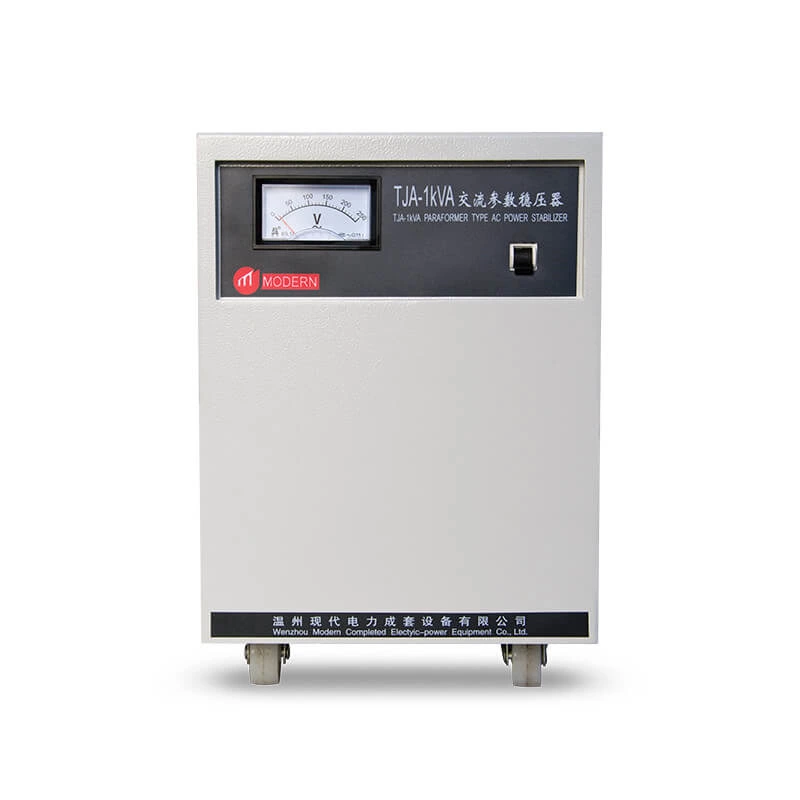
 Русский
Русский
 Français
Français
 Português
Português
 Español
Español
 اللغة العربية
اللغة العربية
